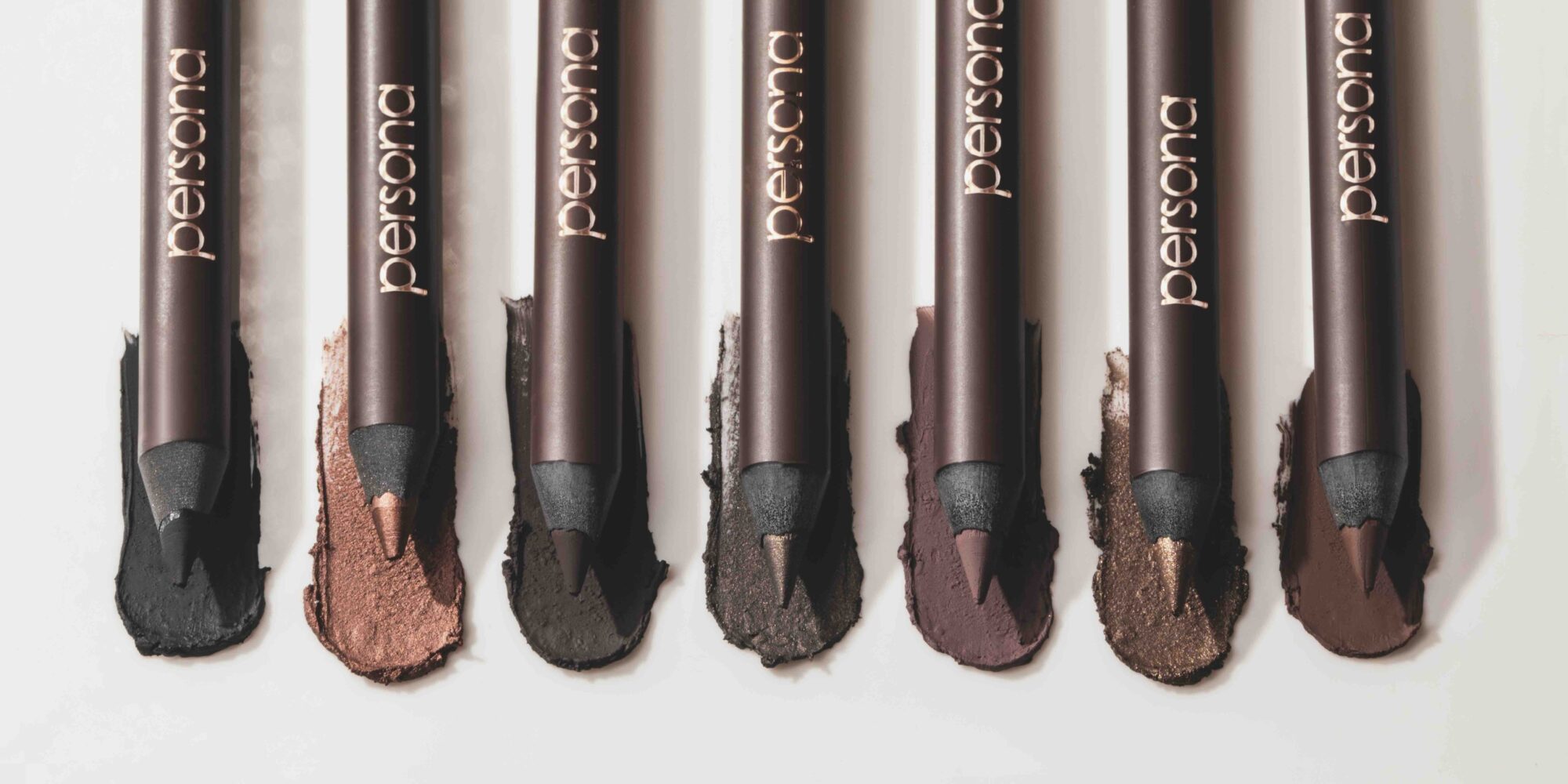
Bootstrapped Brand Persona Makes Its Long-Awaited Store Debut At Ulta Beauty After 7 Years Online
After seven years on Ulta Beauty’s website, Persona has finally arrived in the beauty specialty chain’s stores.
The brand is being showcased on new Icons endcaps in 1,170-plus locations, where it’s joining Polite Society, DIBS Beauty, Rabanne Beauty, Half Magic and R.e.m. Beauty with six of its bestsellers, including $26 DreamStick Cream Bronzing Multi-Stick, $26 DreamStick Cream Blush and $16 24 HR Waterproof Eyeliners. In contrast to most of the Icons cohort, Persona, which makeup artist and content creator Sona Gasparian and her husband Kasra Borojerdi launched in 2017, has been bootstrapped throughout its entire existence with a focus on steady, profitable growth.
“It’s such a huge milestone and a very personal moment as well,” says Gasparian. “Being in the beauty space is hard enough, but being self-funded in the beauty space is almost impossible to be quite honest, and the fact that we have come this far and now we are going into over 1,100 stores, it’s a very big proud moment.”
Persona CEO Borojerdi chimes in, “We understand getting into doors is just the beginning. You got to sell through products in stores, and we feel now is the right time to take this step because the consumer has been waiting, and we have built enough brand equity that, when they see us on the shelf, they know Persona.”
Waiting until there’s sufficient name recognition is illustrative of the patience the Gasparian and Borojerdi have exercised since their early days of beauty entrepreneurship. Gasparian started uploading makeup content to YouTube—think smokey eye, bridal makeup and winged eyeliner tutorials—a dozen years ago. Yet, unlike some YouTubers back then (e.g., Michelle Phan, Huda Kattan and Kathleen Fuentes, who all released brands in 2013), she didn’t spin out a brand immediately.
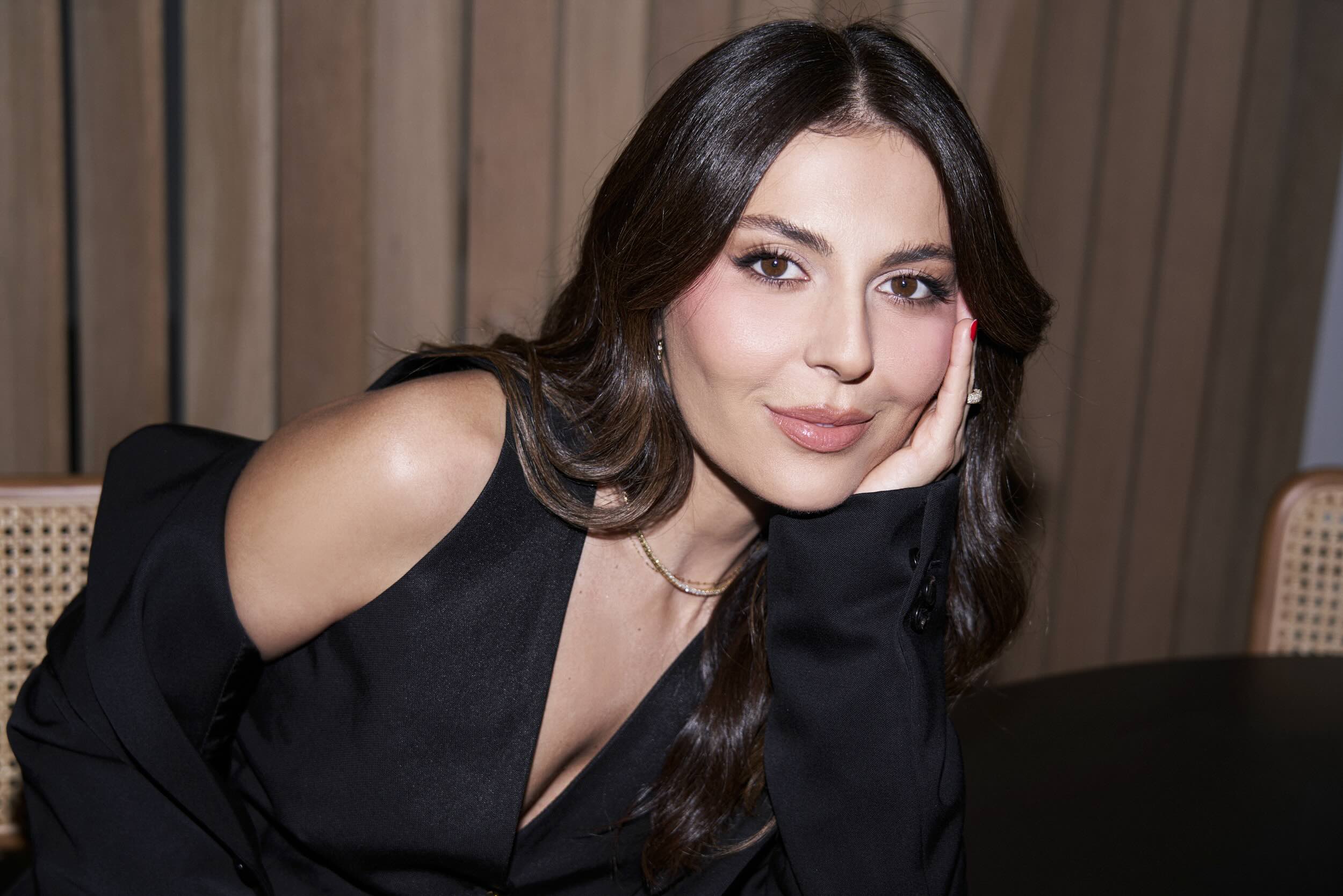
Instead, she and Borojerdi, a former aerospace engineer, held off for Persona to break into the market with a single distinct product that spoke to Gasparian’s audience of makeup neophytes interested in wearable everyday looks. They sank around $60,000 in savings they’d socked away for buying a house into developing that product, Identity Eyeshadow Palette, a 12-shade palette for people with brown eyes, and went on to rent an apartment for another eight years to pad their savings to support the brand.
“There was no fancy roadmap or business plans. It was like, can we create this one product and see if there’s demand for what we are doing?” recalls Borojerdi. “At the time, it was a different era in indie beauty. It wasn’t crowded, and we felt there was a fresh perspective that needed to be taken in the beauty world, coming from a very digital experience and crafting relationships with consumers and viewers.”
Also at the time, Gasparian didn’t have a massive digital audience. Borojerdi estimates she had under 200,000 subscribers on YouTube, where her channel called Simply Sona has 721,000 subscribers today. Gasparian’s comparatively small audience forced her and Borojerdi not to rely solely on her social media fame to draw consumers to Persona. That’s been helpful as larger influencers have lived and died by the platform that they initially excelled on and introduce products that were secondary to their renown.
“Our goal was never to create an influencer-led brand, and I think we’ve done a good job of that because, to date, a lot of our customers don’t even know that Sona is an influencer,” says Borojerdi. “We wanted to create a brand that people would come to for how it made them feel versus I’m just buying this because I love this influencer.”
“The idea was always to build a profitable business to stand on its own.”
A year into Persona being on the market, the brand was contacted by Ulta and promptly shipped 10 samples of its palette to the retailer. Buyers at the chain tried them and were peppered with compliments. The retailer put in a purchase order of 25,000 units to onboard Persona on its site within four months. The brand didn’t have the inventory on hand and quickly dipped into its reserves to fulfill the order.
“The idea was always to build a profitable business to stand on its own. The money has to go into it to come back out to invest in future projects. If you don’t have that, it doesn’t last too long,” says Borojerdi. “We have been very cautious and made sure we have had products that are really wanted rather than create for newness and hype. Not to say we haven’t made mistakes along the way, but having that profitable-first approach has served us to build the business sustainably.”
A slow build can set a brand up to take advantage of fast growth once it occurs. That’s what’s happened to Persona, not only with Ulta, but with TikTok Shop. The brand hopped on the commerce arm of TikTok in 2023, and it’s doubled down on the popularity of its eyeliners on TikTok Shop, where users have snapped up in excess of 67,000 units of them.
Last year, Persona’s sales skyrocketed 100%, with TikTok Shop the largest growth driver. The brand’s sales are currently roughly evenly split between TikTok Shop, Ulta and direct-to-consumer distribution, and its core customers are roughly evenly split between gen Z and millennials.
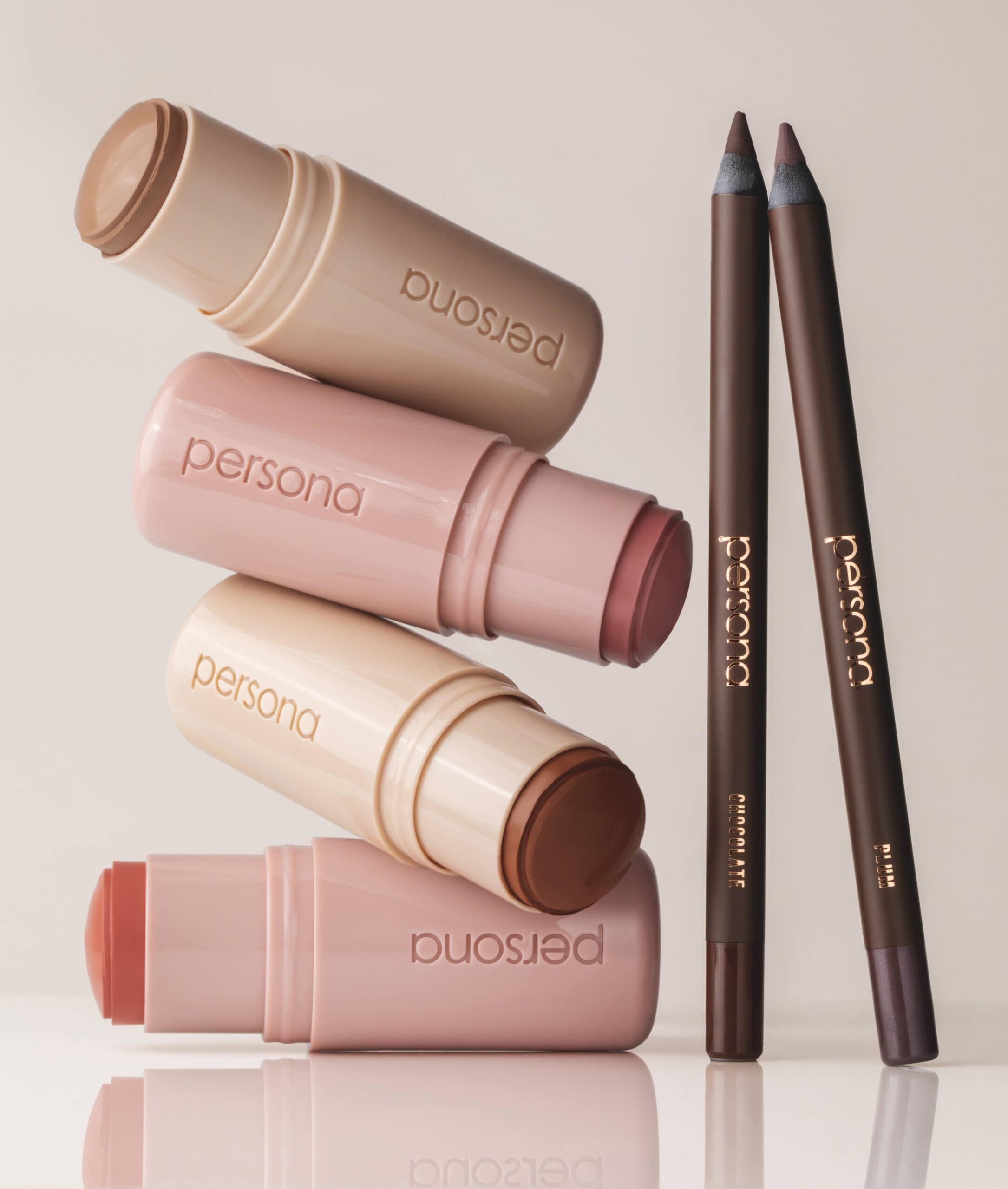
With success on TikTok, it can be tempting to pivot a brand to trends that in the end may be fleeting. However, iconic products stretch beyond trends—and Persona intends to be iconic. With makeup evolving from the “clean girl” aesthetic that captured TikTok in 2021 to 2022 to bolder choices, the brand is responding, not transforming. Complexion is on the product roadmap for Persona and scheduled to debut next year.
“We play into trends, but stay true to the brand and what we stand for, that clean, everyday natural look that helps you look your best,” says Gasparian. “My goal is that every single person that purchases from us feels that this is a product they can add to their everyday makeup bag and continuously use and come back to us and purchase, even more so with moving into complexion products.”
At Ulta Beauty, Kaitlin Rinehart, VP of merchandising says, “As our guests continue prioritize self-expression through their makeup routine and lean into trends like the skinification of makeup, we are proud to house easy-to-use products like Persona within our assortment so beauty lovers of all generations can discover a new favorite that enhances their natural beauty.”
To spread the news of its arrival at Ulta, Persona is kicking up its advertising budget 30% and tapping its network of about 500 influencers. The brand is enlisting Gasparian for meetups at Ulta and conveying her founder story to the unfamiliar. Outside of Ulta, Persona expects to enter Amazon and Nysaa, the Middle Eastern subsidiary of Indian personal care and beauty marketplace Nykaa, by the summer.
Eventually, Borojerdi acknowledges Persona’s expansion may require it to forgo self-funding. “We want to raise money at a time where we feel comfortable that, when we dilute ourselves, that we are getting the upside value for the equity that is given up. I think the timing will be when we are looking to the future with more retail expansion beyond this launch,” he says. “We always talk to investors. We have been fortunate enough that they always find us, and when we find the right partners within our timing for more growth, we will definitely raise.”


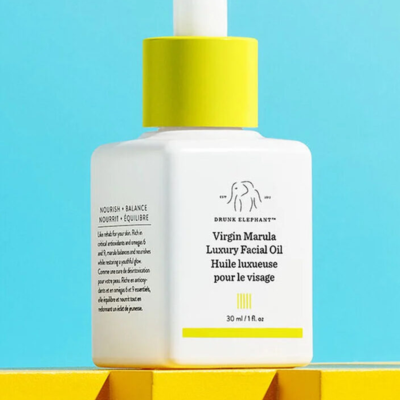

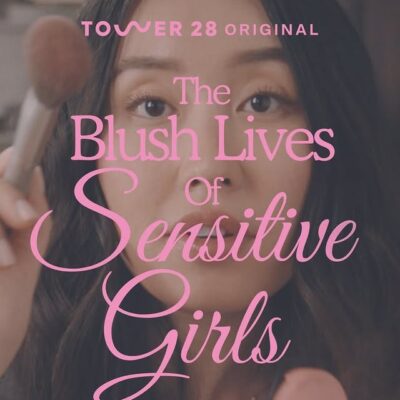
Leave a Reply
You must be logged in to post a comment.